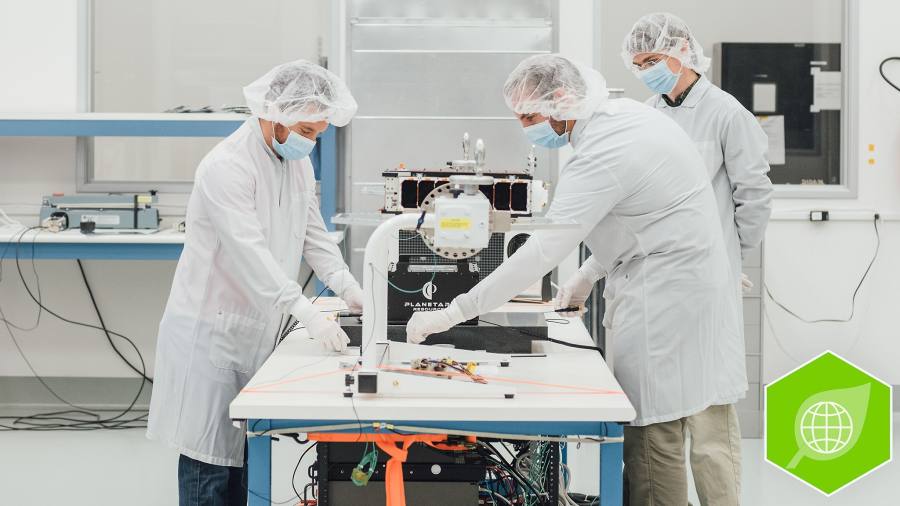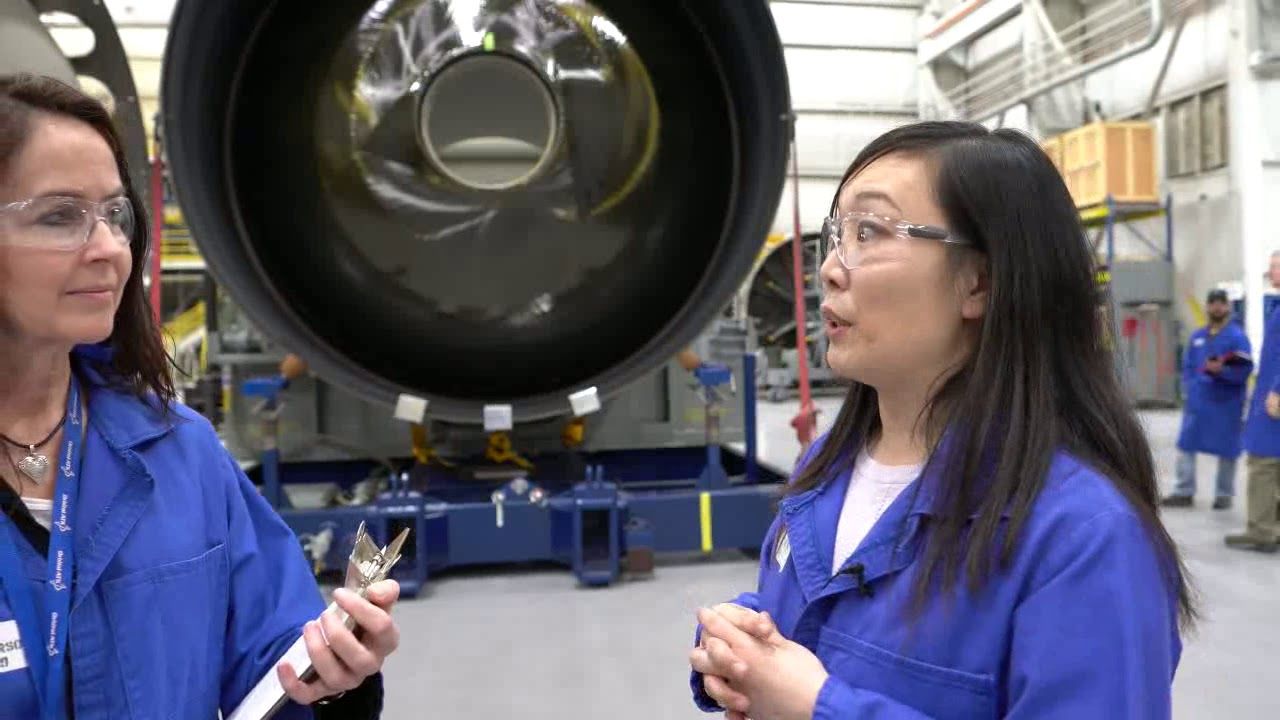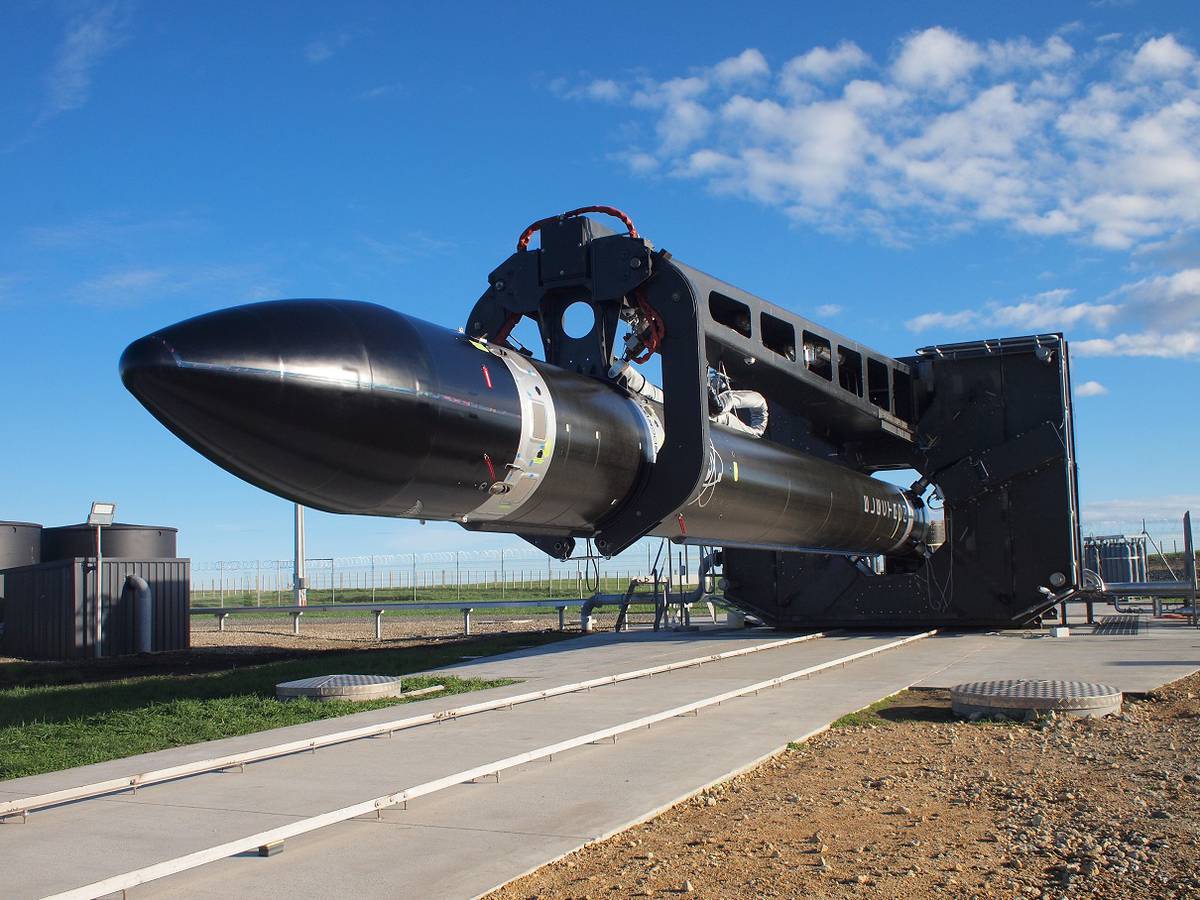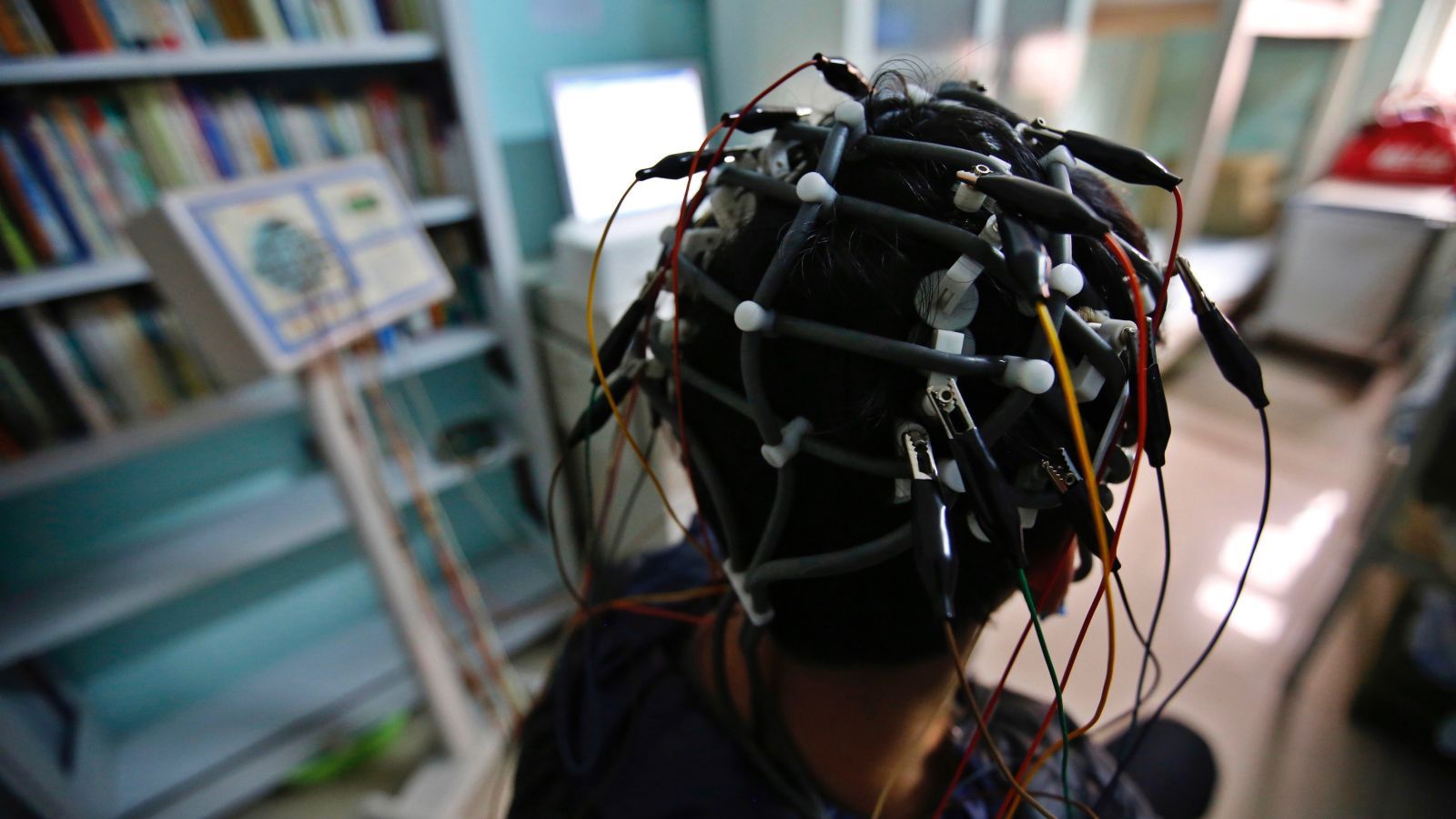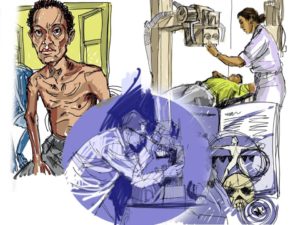Mar 29, 2018
NVIDIA (NVDA) Collaborates With Adobe for Sensei AI Toolkit
Posted by Genevieve Klien in categories: business, robotics/AI
NVIDIA Corporation NVDA continues to gain traction in Artificial Intelligence (AI) technology with the help of several partnerships. Most recently, the graphic chip maker partnered with Adobe Systems Incorporated ADBE as part of which its graphics processing units (GPUs) will power up the latter’s AI toolkit, Sensei.
The partnership is anticipated to improve Adobe’s services for Creative and Experience Cloud customers and developers. That means, it will improve the performance as well as speed of Adobe’s Sensei.
The companies believe the collaboration will help them in targeting a new audience of developers, data scientists and partners for Sensei, thereby providing scope of business opportunities to both.
Continue reading “NVIDIA (NVDA) Collaborates With Adobe for Sensei AI Toolkit” »


